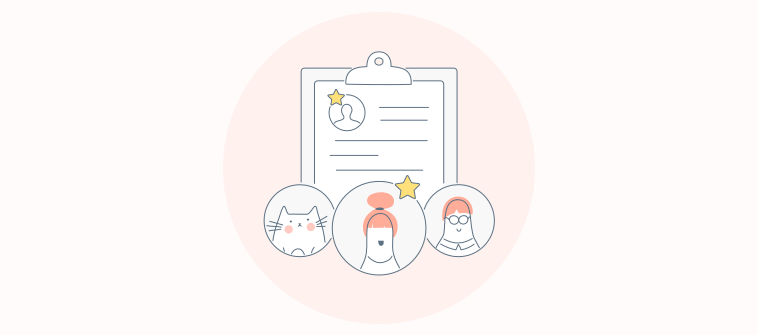
Surveys have long established their place as the best customer engagement tool available to companies. And as such every company sends out feedback and satisfaction surveys to all their customers. Be it for a new product launch or an after sales survey, on an average a customer partakes in at least 20 surveys initiated by a company. But the customer isn’t just purchasing everything from one company are they? The more companies they are associated with, the more surveys the customer is involved in. This leads to what industry experts call ‘survey fatigue’.
By definition,
survey fatigue is the situation when respondents get bored, tired, or uninterested in surveys and begin giving substandard responses.
The Types of Survey Fatigue Experienced by Survey Takers Are Divided into 4 Categories:
Fatigue from Being over Surveyed
The most common type of survey fatigue, this is the kind that happens when a customer takes too many surveys. It is important for all companies to remember that customers are faced with surveys every day and so rather than being the only engagement tool, surveys should be used sparingly.
Question Fatigue
This kind of fatigue arises when the customers are faced with the same question in every survey. The questions may or may not be phrased differently. This leads to a lower response rate as repeatedly reading the same questions will just annoy customers.
Long Survey Fatigue
This is something we all have faced. How many times it has happened that you started to fill out a survey or a questionnaire and then lost interest because it just went on and on? Long surveys result in a collection of non-relevant data and biased responses.
Disingenuous Survey Fatigue
Probably the most dangerous kind of fatigue; this occurs when the survey respondents no longer believe that their insights are helpful. They don’t think their feedback will help in any way as it will just be ignored and the whole survey process is just a waste of time.
Results of Survey Fatigue
Survey fatigue results in a severe wastage of resources and time invested by companies and personnel involved in the process of conducting the survey. That is just one of the major disadvantages survey fatigue brings along with it. Other results of survey fatigue are:
Negative Brand Perception
Customers are prone to irritation when faced with a constant barrage of survey invitations. Especially, when a lot of invitations come from the same source. This can lead to customers developing a negative perception about the brand, even though they may personally have nothing against you.
Low-quality Data
Based on a study conducted by Stanford University, you only have 8 seconds to capture the respondent’s attention with your survey. Furthermore, you have 4 minutes and 52 seconds to wrap up the survey before your survey takers lose interest and the quality of responses drops.
Serious Survey Bias
People who want to make their voice heard will take any and all surveys, irrespective of survey fatigue. But the ones who hold different views and are affected by survey fatigue will skip the survey, and you will be left with survey responses skewed towards one side of the scale.
Read more: How to Avoid Survey Bias to Improve Your Survey Responses
How to Avoid Survey Fatigue
To make sure that your respondents don’t get affected by survey fatigue and your research data is uncompromised, you must keep the following key points in mind:
Avoid Lengthy Surveys
The ideal length of a survey should be just 8-10 questions. People would prefer surveys to be even shorter than that, but it is often necessary to include more questions to cover all aspects. While covering all aspects is necessary, always ensure that you do not end up with a survey that has 20-30 questions. You can refer to some of the online survey templates we have on our website.
Here’s a video on How to Create a Free Online Survey:
Time Your Surveys
The time taken to complete a survey is not dependent only on the number of questions. For instance, a survey with 10 open-ended questions can end up taking more time to answer than a survey with 20 close-ended questions. Before you send out your survey, measure it through in-house tests to ensure that it doesn’t take up too much time of your respondents.
Analyze Your Questions
Before you send out your surveys, take the time to monitor and analyze your questions to avoid them from becoming just generic questionnaires. Try to use a best survey tool that allows you to add skip & branching logic to your surveys to better cater to your respondent’s knowledge and expertise.
Pick a Time-Scale for Surveys
When you plan and schedule surveys, always keep two things in consideration: how often do you roll out surveys and how often your competitors send their surveys. Try to make sure that your survey timings do not overlap as much as possible.
Communicate Survey Results
The best way to avoid survey fatigue among customers is to make sure that they know they’re heard. By ensuring communication with them in matters regarding their opinion, you not only form a bond of trust with them but also open them up to you for the future.
 Tips
Tips
We’d love to hear your tips & suggestions on this article!
FREE. All Features. FOREVER!
Try our Forever FREE account with all premium features!


 We'd love your feedback!
We'd love your feedback! Thanks for your feedback!
Thanks for your feedback!







